GASS projects and projects in preparation are listed below. To learn more about a particular project, including contact information, click on the link or the image.
An overview of GEWEX’s Cross-Panel activities can be found at https://www.gewex.org/cross-panel-activities/.
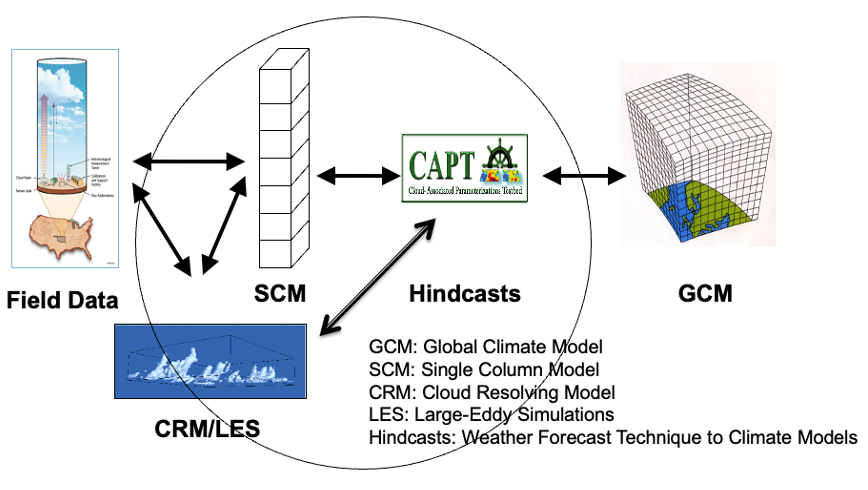
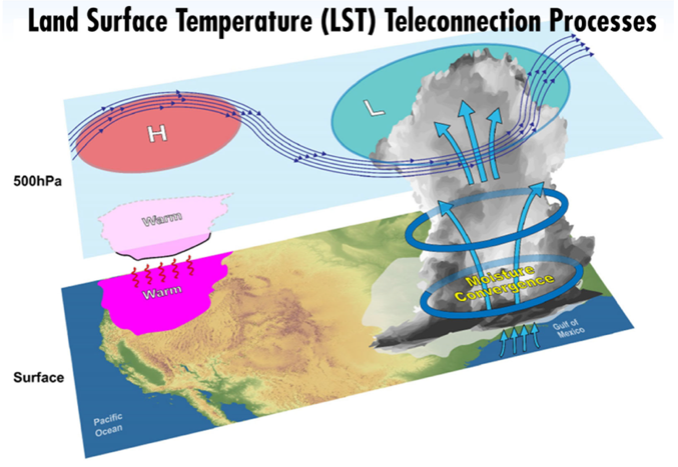
GAP – The GEWEX Aerosol Precipitation initiative
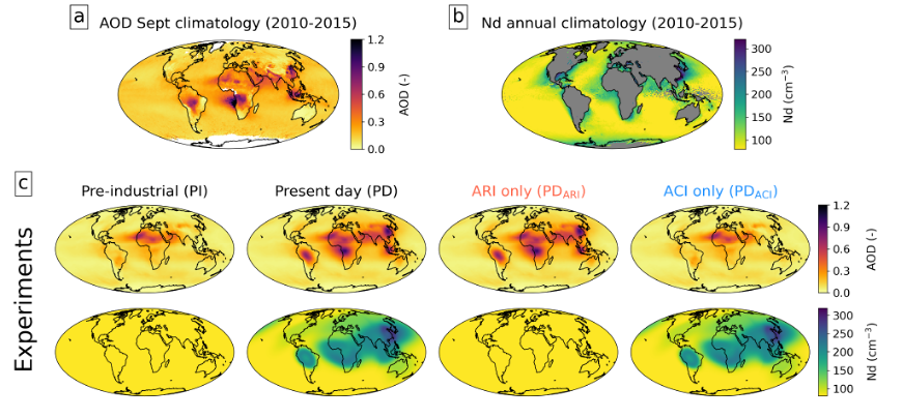
DYAMOND – Global cloud resolving models
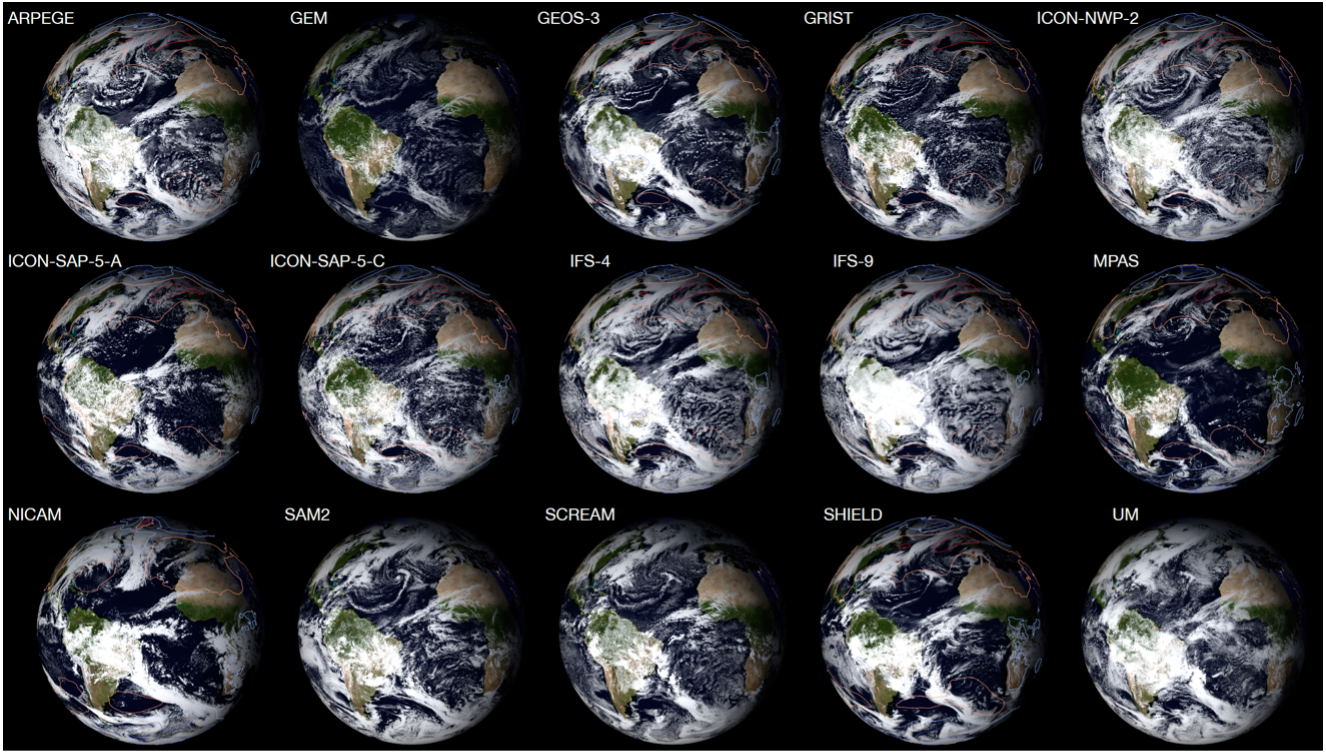
UTCC PROES – GEWEX Upper Tropospheric Clouds and Convection Process Evaluation Study
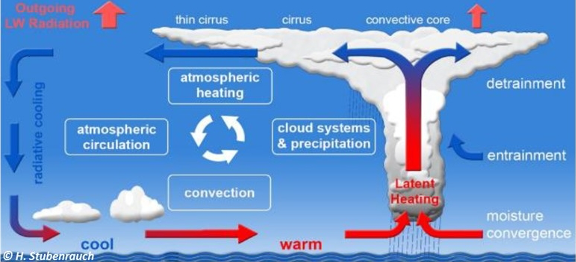
Mesoscale organization of deep convection
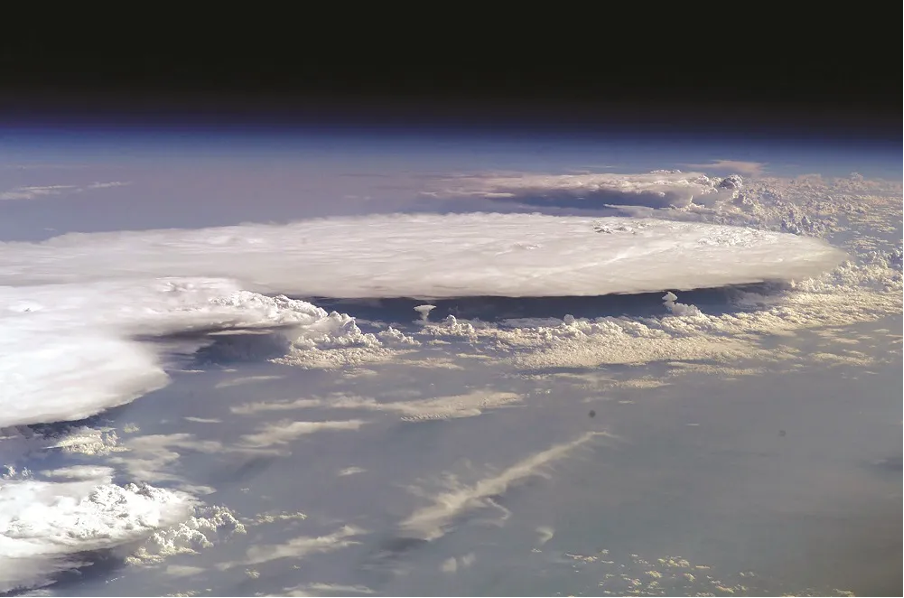
EUREC4A-MIP – Mesoscale organization of shallow cumulus convection in present and future climate

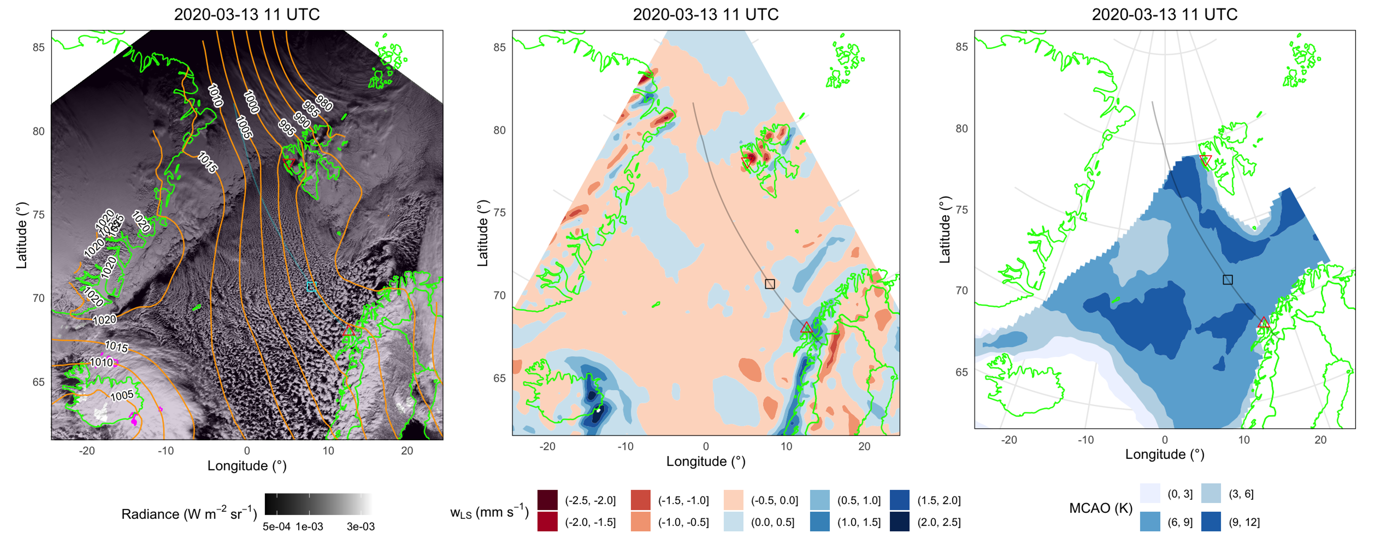
(Shallow) cumulus friction experiment
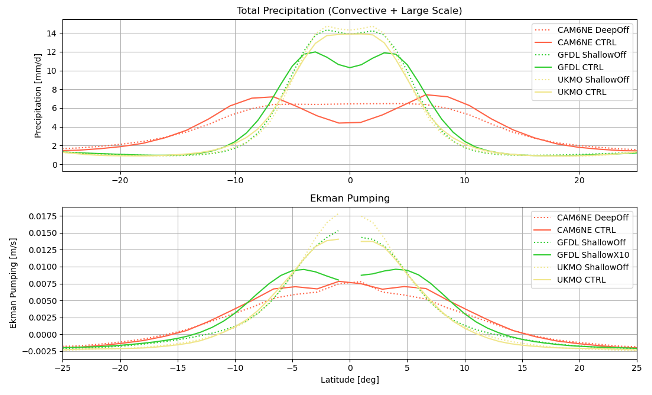
Nudged climate model runs for MOSAiC

Boundary Layer Cloud Projects
Continuous Intercomparison of Radiation Codes (CIRC)
Clouds Above the United States and Errors at the Surface (CAUSES)
CFMIP-GASS Intercomparison of LES and SCMs (CGILS)
Cirrus Model Intercomparison Project (CMIP)
Demistify: An LES and NWP Fog Modeling Intercomparison
GEWEX Atmospheric Boundary Layer Study 3 (GABLS-3)
GEWEX Atmospheric Boundary Layer Study 4 (GABLS-4)
Grey Zone Project: Cold Air Outbreak Intercomparison Case
Impact of Initialized Land Temperature and Snowpack on Sub-Seasonal to Seasonal Prediction Phase I (LS4P-I)
Microphysics Project
Organized Convection and EarthCARE Studies over the Tropical Atlantic (ORCESTRA)
Polar Cloud Project
Surface Drag and Momentum Transport
Vertical Structure and Diabatic Processes of the Madden-Julian Oscillation: A joint project with the MJO Task Force using YOTC data

